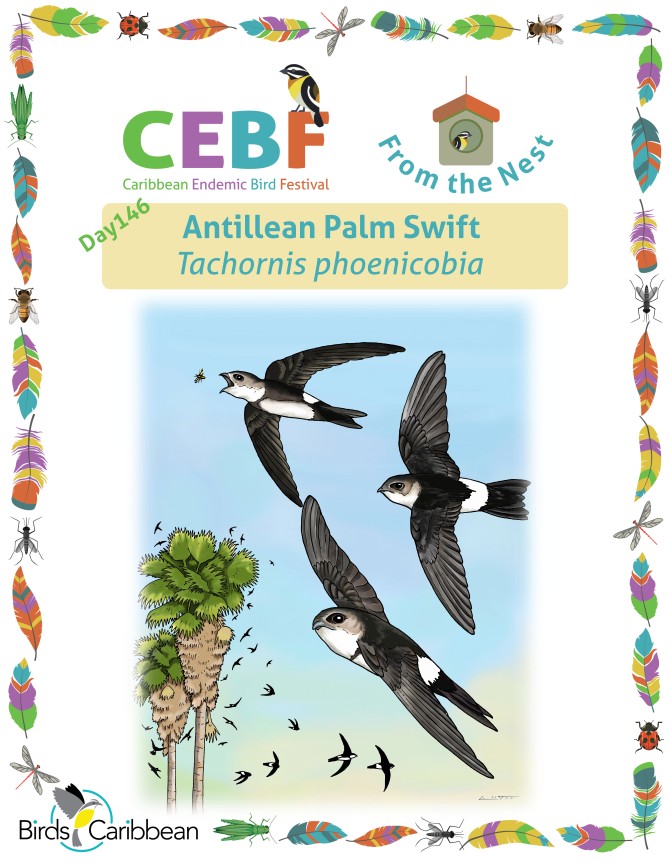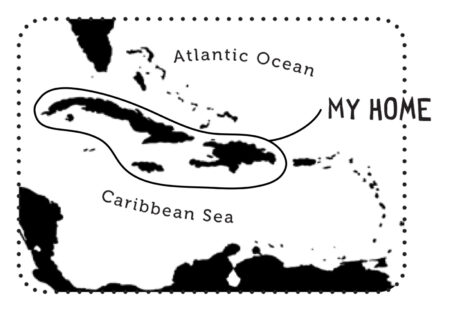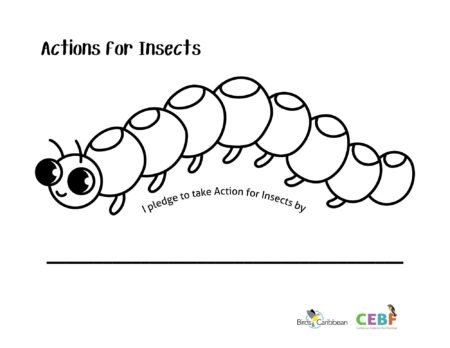Celebrate the Caribbean Endemic Bird Festival (CEBF) with us! Our theme in 2024 is “Protect Insects, Protect Birds”—highlighting the importance of protecting insects for birds and our environment. Have fun learning about a new endemic bird every day. We have colouring pages, puzzles, activities, and more. Download for free and enjoy learning about and celebrating nature!
Endemic Bird of the Day: Antillean Palm Swift
A fast flying, deftly maneuvering miniature fighter-jet of the Caribbean sky, your attention will likely be drawn to the Antillean Palm Swift when it dives past your face or emits a flurry of twitters- “tooeee-tooee” – above you in pursuit of its insect prey. This aptly named bird lives exclusively in the Greater Antilles islands (save Puerto Rico). And while Antillean Palm Swifts can definitely fit in the palm of your hand, this bird takes its name from the palms it frequently uses for nesting and roosting.
Up close, these tiny swifts are adorable, with enormous, dark chocolate eyes relative to their little sooty brown and dull white bodies; their tiny beak belies a sizable gape for hoovering in plenty of flies! Males and females seem to be indistinguishable to the human eye, but even if they were, you’d probably have a hard time telling them apart anyway because they seem to never sit still, other than when they disappear into a cluster of palm fronds.
The Antillean Palm Swift’s nest is a remarkable construction — a soft bed of feathers, plant fibers, and silky and fluffy seed heads fashioned into a slight pouch, in which 2-5 white eggs are laid. It’s attached within the nooks and crannies of palm fronds. They prefer to nest in the dead and hanging leaves of Sabal, Washingtonia, Roystonea, and Copernicia palm species. And because of their preference for dead and dying palm fronds, you can also be nearly sure to encounter them nesting and roosting in palm thatch roofs! Both male and female Antillean Palm Swifts take care of the chicks.
And did we forget to mention that Antillean Palm Swifts nest in colonies? That’s right! One can often encounter dozens of these swifts darting in and out of a palm or thatch roof, sometimes at eye-level! And apparently they secure their nest using their own saliva!
A brief aside: So if these birds are such strong flyers, are able to nest in a variety of both natural and manmade structures, and have a food source that is rather ubiquitous, why haven’t they successfully colonized the other Caribbean Islands? You can pretty much throw a stone from one Caribbean Island to the next, but for some reason there is a hard line drawn between Hispaniola and Puerto Rico that these little guys just don’t seem to want to cross. There are tiki huts, palm trees, and insects in Puerto Rico… so what’s the problem? Vagrant records for Antillean Palm Swift on Puerto Rico do pop up from time to time yet the species seems unable to get a foothold (or maybe a winghold?). Clearly more ecological research on this endemic fighter-jet is needed.
All kidding aside, we encourage folks to seek out this one-of-a-kind species and enjoy some time watching these little swifts and their aerial acrobatic shows. Did you know? You can ensure encore performances for years to come when you stop killing native insects. Don’t spray them. Don’t bait them into traps. Don’t poison your landscape and watershed where they live (and tell your neighbors to stop killing insects too)! Instead, devote your efforts to building back a diverse native habitat on your property, which in turn produces beneficial predatory insects that bring balance to the entire system.
Learn more about this species, including its range, photos, and calls here. Great news! If you’re in the Caribbean, thanks to BirdsCaribbean, you have free access to Birds of the World and you can find out even more in the full species account of this bird!
Thanks to Arnaldo Toledo for the illustration and Josh LaPergola & Justin Proctor for the text!
Colour in the Antillean Palm Swift
Download our West Indies Endemic Bird colouring page. Use the photos below as your guide, or you can look up pictures of the bird online or in a bird field guide if you have one. Share your coloured-in page with us by posting it online and tagging us @BirdsCaribbean #CEBFfromthenest
Listen to the calls of the Antillean Palm Swift
The calls of Antillean Palm Swift are a high-pitched metallic sounding twitter.
Puzzle of the Day
Click on the image below to do the puzzle. You can make the puzzle as easy or as hard as you like – for example, 6, 8, or 12 pieces for young children, all the way up to 1,024 pieces for those that are up for a challenge!
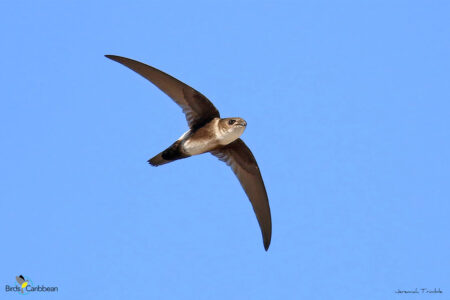
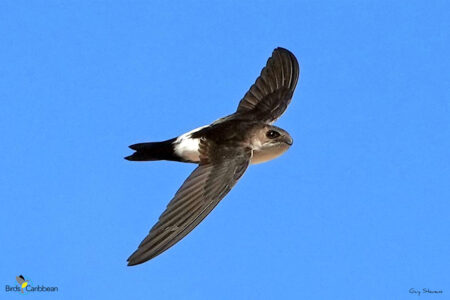
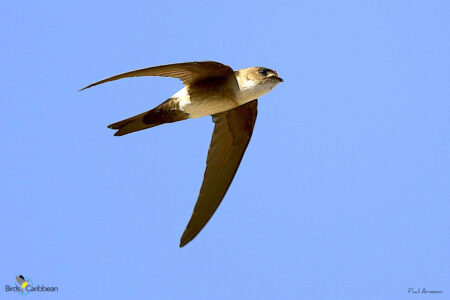
Enjoy these beautiful photos of the Antillean Palm Swift!
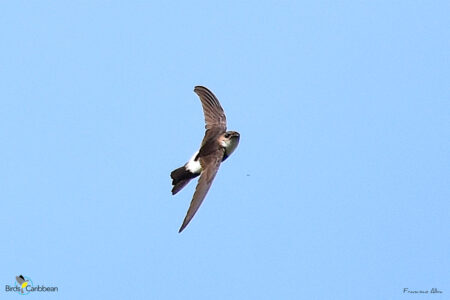
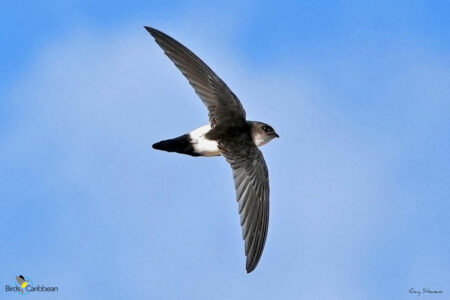
Activity of the Day
FOR KIDS : We hope that you have been enjoying learning all about our Caribbean endemic birds! Don’t forget that this year our theme is “Protect Insects, Protect Birds”. Some of the birds we have featured so far are endangered and many others are under pressure, often from human activities. This means our special endemic birds and many of the other beautiful birds that live in or visit us in the Caribbean need your help.
So many birds need thriving insect populations to feed on or to feed to their chicks, so you can help by carrying out the actions in our “Pledge to take Action for Insects ” You can download and print our fun templates here and add a pledge to help insects to each one!
FOR KIDS AND ADULTS : Enjoy this video of Antillean Palm Swifts in the wild!

